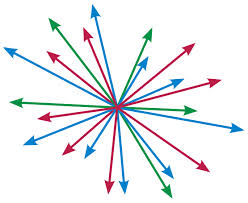Transforming Exponential Equations
- Step 1: Identify the parent function
- Step 2: Use a graphing calculator to graph and compare to the parent function
- Step 3: Observe and draw conclusions on the effect each operation has on the graph of an exponential equation
- Step 4: Use those observations to predict what will happen to a graph given an exponential equation
Step 1: Parent Functions
A parent function is the simplist form of an equation in a family of functions. For example, in the linear equation family y=mx+b is most common form of an equation so the simplist form would be y=x.
Exponential Parent Function
The standard from of an exponential function y=a(b)(x-h)+k. This leaves the parent function as y=bx. For the purpuse of this assignment y=2x will be the parent function that every other function will be compared to.
Step 2: Graphing Calculator
The graphing calculator that will be used here is a free online graphing calculator from 
In order to graph an exponent you will need to be able to type an exponent into this calculator. Look for this button: 
To write more than just an x in the exponent like y=2(x+5) you will need to use parentheses (). If you type the first parentheses before you type anything else it will insert the ending parentheses looking like this: 2 . Then you will be able to write inside the parentheses.
. Then you will be able to write inside the parentheses.




